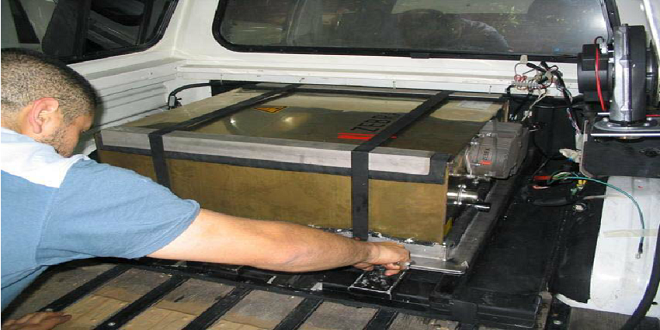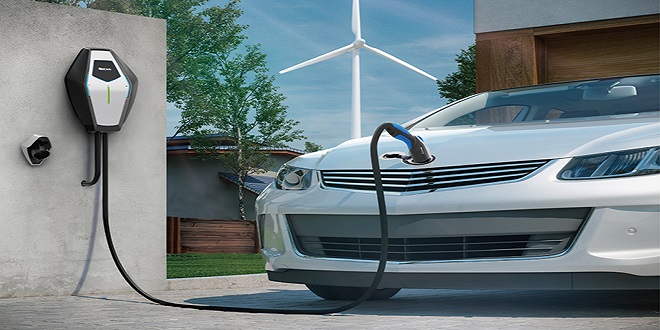Charging systems Requirements of the charging system

Introduction
The ‘current’ demands made by modern vehicles are considerable. The charging system must be able to meet these demands under all operating conditions and still ‘fast charge’ the battery. The main component of the charging system is the alternator and on most modern vehicles – with the exception of its associated wiring – this is the only component in the charging system.
shows an alternator in common use. The alternator generates AC but must produce DC at its output terminal as only DC can be used to charge the battery and run electronic circuits. The output of the alternator must be a constant voltage regardless of engine speed and current load.
To summarize, the charging system must meet the following criteria (when the engine is running).
- Supply the current demands made by all loads.
- Supply whatever charge current the battery demands.
- Operate at idle speed.
- Supply constant voltage under all conditions.
- Have an efficient power-to-weight ratio.
- Be reliable, quiet, and have resistance to contamination.
- Require low maintenance.
- Provide an indication of correct operation.
Vehicle electrical loads
The loads placed on an alternator can be considered as falling under three separate headings: continuous, prolonged, and intermittent. The charging system of a modern vehicle has to cope with high demands under many varied conditions.
To give some indication as to the output that may be required, consider the power used by each individual component and add this total to the power required to charge the battery. Table 6.1 lists the typical power requirements of various vehicle systems.
The current draw (to the nearest 0.5 A) at 14 and 28 V (nominal; alternator output voltages for 12 and 24 V systems) is also given for comparison. 6.2 shows how the demands on the alternator have increased over the years, together with a prediction the demands placed on the charging system, therefore, are extensive. This load is in addition to the current required to recharge the battery. Further sections in this chapter discuss how these demands are met
Charging system principles
representation of the vehicle charging system as three blocks, the alternator, battery and vehicle loads. When the alternator voltage is less than the battery (engine slow or not running for example), the direction of current flow is from the battery to the vehicle loads. The alternator diodes prevent current from flowing into the alternator. When the alternator output is greater than the battery voltage, the current will flow from the alternator to the vehicle loads and the battery.
Last word
It is clear that the alternator output voltage must be greater than the battery voltage at all times when the engine is running. The actual voltage used is critical and depends on a number of factors.
The main consideration for the charging voltage is the battery terminal voltage when fully charged. If the charging system voltage is set to this value then there can be no risk of overcharging the battery.





